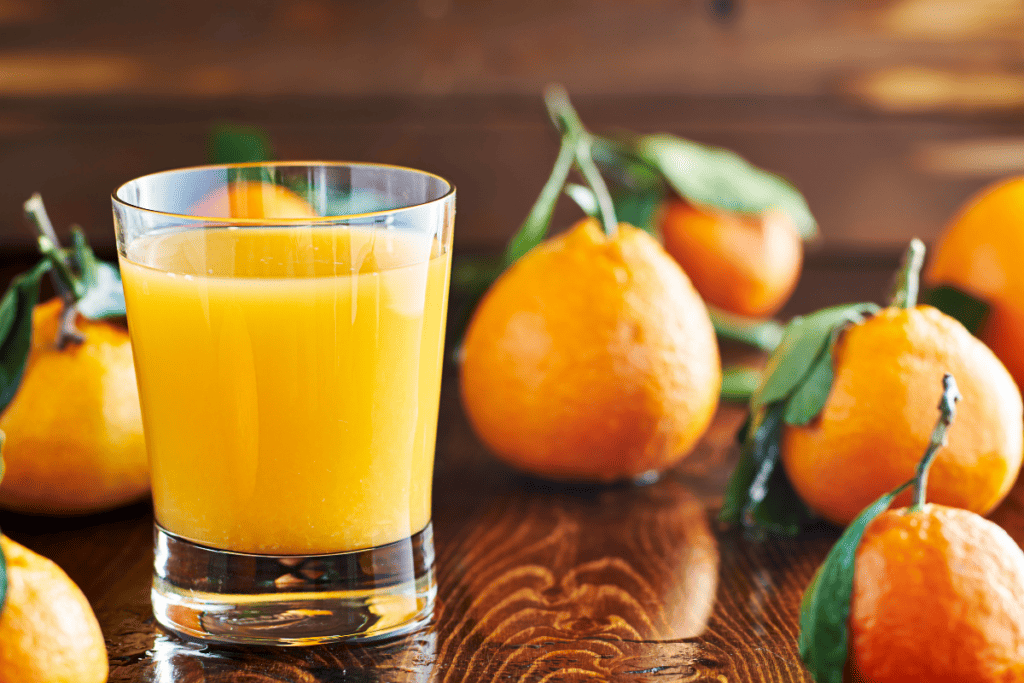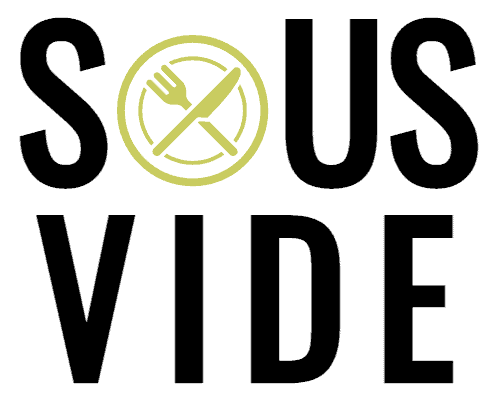You’ve probably seen the term ‘pasteurized,’ when picking up dairy products at the store. In the US, it’s on virtually every carton of milk. However, pasteurization is actually used across multiple food and beverage categories.
This article talks about pasteurized vs unpasteurized products, their benefits and downsides, and how to know which is better suited for you.

Table of Contents
What Does Pasteurized Mean & Is It Good?
Pasteurization is a process where food products (solid or liquid) are exposed to high temperatures for a specific period of time. The purpose is for food safety.
Let me explain.
Pasteurization has been used to kill bacteria and viruses that cause foodborne illness since the 1860s. It’s tried and true.
But all pathogens are not killed in the process. So sometimes refrigeration of those food products is necessary. Apart from killing pathogens, it even helps extend a product’s shelf life.
Some food products that are commonly pasteurized are milk, dairy products, eggs, canned food, juices, syrups, and wine.
During the process of pasteurization, the temperature to which products are heated and the duration for which they’re held at that temperature varies depending on the food product and pasteurization method used.
According to the Food and Drug Administration (FDA), these are the most common types of pasteurization methods used, especially when it comes to milk and milk products:
| Pasteurization Methods | Temperature | Time |
| Vat Pasteurization | 63ºC (145ºF) | 30 minutes |
| High-temperature, short time (HTST) | 72ºC (161ºF) | 15 seconds |
| Higher heat shorter time (HTST) 1 | 89ºC (191ºF) | 1.0 second |
| Higher heat shorter time (HTST) 2 | 90ºC (194ºF) | 0.5 seconds |
| Higher heat shorter time (HTST) 3 | 94ºC (201ºF) | 0.1 seconds |
| Higher heat shorter time (HTST) 4 | 96ºC (204ºF) | 0.05 seconds |
| Higher heat shorter time (HTST) 5 | 100ºC (212ºF) | 0.01 seconds |
| Ultra pasteurization (UP) | 138ºC (280ºF) | 2.0 seconds |
But apart from all the positive impacts, this process can also affect the flavor and nutrient value of the food or beverage in some cases.
The Pros & Cons of Unpasteurized Foods
Every method of sterilizing food and beverages is bound to have its advantages and disadvantages. So if you’re thinking about consuming unpasteurized foods, it’s worth understanding both sides of the story.
Pros of Unpasteurized Food
Here are a few reasons why people buy unpasteurized foods:
Nutrition
In the process of killing harmful bacteria with pasteurization, the same heat can potentially kill good bacteria (like probiotics) and micronutrients present in the product.
Taste and flavor
If you’ve ever enjoyed a glass of freshly squeezed orange juice for breakfast, you know that the packaged ones don’t stand a chance in front of it. The same goes for Roquefort blue cheese. The pasteurized one doesn’t taste as good. In fact, if the makers pasteurize it, they’re not even allowed to market it using the “Roquefort” name.
Cons of Unpasteurized Food
And here are a few reasons to think twice before going unpasteurized:
Foodborne Illnesses From Animal Products
Milk, for instance, has a high chance of being contaminated in multiple ways, like cow feces coming into contact with the milk, bacteria that live on the cow’s skin, infection of the cow’s udder, and so forth.
Disease Outbreaks
Since pasteurization has become a common practice, there has been a steep fall in the number of disease outbreaks associated with dairy products. Similar to the effect of cured vs uncured meats like raw bacon.
High Prices
Since unpasteurized products are not widely sold, they can be a scarce commodity making them an expensive affair. They are not even considered legal in some parts of the world.
Lost Nutrients Can Be Added Back
In most cases, healthy bacteria and micronutrients lost in the process can be re-added after pasteurization. In many common pasteurized products, they are. Check the label.
Risk Categories
Unpasteurized beverages are a popular choice for health detoxes. But they should not be consumed by children, pregnant women, elderly people, and those with any immune disorders.
From a public health perspective, it’s pretty clear to me that the cons of unpasteurized products outweigh their pros. Ultimately, that’s a choice you’ll have to make for yourself.
How to Pasteurize at Home
Now we understand that pasteurizing is nothing more than heating a product to a certain temperature for a specific amount of time. That can easily be done at home.
One way of pasteurizing at home is called “hot filling.”
In this method, you cook the food and immediately seal the hot food in an air-tight container. This method is mostly used for jams and preserves. Another common way to pasteurize is by using steam.
Another, and probably the most foolproof and easiest home pasteurization method, is done using a sous vide machine.
For this, you vacuum seal the food. Then heat it until the desired temperature is reached and hold it at that temperature for a specific period of time. The product is then safe to consume, or you can quickly cool it down and store it for later consumption. This is most commonly used for pasteurizing eggs and meat at home.

It’s a great way to extend the shelf life of steak and other meat at home.
The Bottom Line
The bottom line is that unpasteurized products are in their raw form without being exposed to high temperatures to kill harmful bacteria. As a category, they are associated with an increased risk of foodborne illnesses.
On the other hand, pasteurized products are heated to a certain temperature for a specific amount of time. This helps in killing harmful bacteria, making it safer for consumption. Commonly pasteurized foods include milk, dairy products, wine, juice, nuts, and eggs.
If you’re a fellow health fanatic, you’d definitely enjoy learning about sous vide cooking and its many health benefits.
FAQs: Pasteurized vs Unpasteurized
Unpasteurized foods should be especially avoided by children, pregnant women, elderly people, and those with immune disorders. Unpasteurized food and beverages can be contaminated with germs and harmful bacteria that can cause serious foodborne illnesses like E. Coli, campylobacter, salmonella, and listeria. It can even result in hospitalization and be fatal.
The terms ‘unpasteurized’ and ‘raw’ are often used interchangeably. But unpasteurized does not necessarily mean it is raw. Simply put, raw is always unpasteurized, but unpasteurized is not always raw. “Pasteurized” refers to food or liquid that has been heated to a specific temperature for a precise amount of time. So most people do not consider pasteurized food to be still raw.
Unpasteurized food and beverages certainly have benefits like freshness, high nutrient value, and flavor. But it also has a high risk of being contaminated, which can result in severe food poisoning and foodborne illnesses like salmonella, E.coli, listeria, etc. In conclusion, unpasteurized products are not better than pasteurized products.

